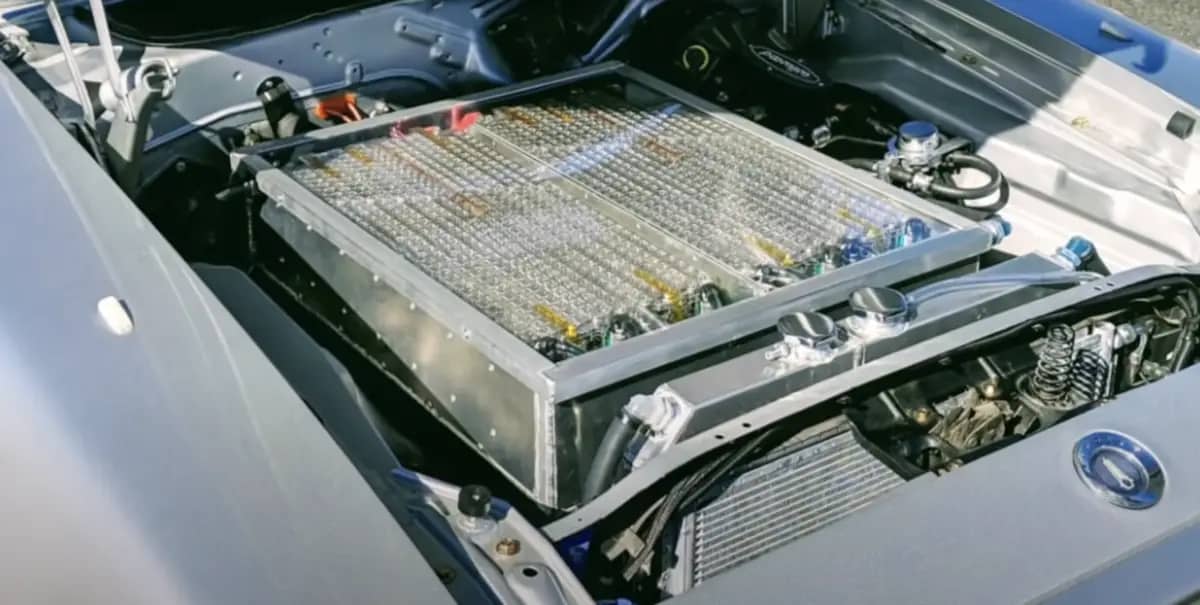What kind of maintenance needs to be done?
With fewer moving parts than your previously installed internal combustion engine, your new all-electric powertrain will provide all of the tire-shredding horsepower that you had with your gasoline engine in a clean, quiet, and reliable low-maintenance package.
However, apart from the motors, several things, such as the battery unit, drivetrain, and brakes, will require servicing after some time of usage.
Some maintenance costs are the same for both electric and gas cars. You still have to buy tires, for instance. You’ll have to make sure your suspension system is cared for. We’re talking about components such as shock absorbers and struts. While you might eventually have to change your brake pads on an electric vehicle, regenerative braking systems on EVs use resistance from the electric motors to slow the vehicle. For that reason, brake pads don’t get used as much as on conventional gas-powered cars and brakes don’t wear out as often on EVs. You can expect to get from 100,000 to 200,000 miles on a set of brake pads and rotors.
What You Need to Service
Tires

As with any vehicle, you’ll need to check your tire pressure. Properly inflated tires give you better mileage. Rotate the tires and inspect them for wear. Depending on how the tire tread is wearing, you could eventually need a wheel alignment. This is noticeable if the car pulls to one side or the other.
Brakes

EVs use regenerative braking systems. That means they use the kinetic energy from the car under braking to charge the vehicle’s battery. These systems last longer than conventional braking systems because they are much more gentle on the brake pads.
Battery Coolant

If you are using the Tesla battery modules for your build and have used the factory cooling system, should not need to be replaced for the life of the vehicle under most circumstances.
Your EV Maintenance Schedule
The maintenance schedule for an electric car is very simple compared to the traditional 30,000, 60,000, and 90,000 services of gas-powered cars that you are familiar with. Servicing is also much less expensive.
Every 30 days:
- Check the tire pressure.
- Examine the tires for excess wear.
Every 7,500 miles:
- Have the tires rotated.
- Check the coolant level of the battery.
- Check the cabin heater, power inverter, accessory power, and charger modules.
- Inspect the brakes, steering, suspension, and chassis components for unusual wear or damage.
- Check the power steering and drive shafts for wear.
- Inspect the gas struts for signs of suspension wear.
- Check the vehicle’s various light bulbs and replace if necessary.
At 15,000 miles:
- Includes 7,500 mile services
At 36,000 miles:
- Includes 7,500 mile services
At 75,000 miles:
- Replace the suspension gas struts.
- Drain and service the coolant circuits.
Tesla Recommended Service Schedule (Tesla Swaps)
| Component | Service Interval | Display Text Alert | Recommendation |
| Tire Pressure | As Needed | Air pressures below recommendation for tires. Check pressure and refill air as needed. | |
| Tire Rotation | Every 6,250 miles | Rear tire tread depth low. Inspect tires for rotation/replacement. | |
| Brake Fluid | Every 2 years (replace if necessary) | Brake fluid low. Pull over safely- press brake pedal firmly to stop. | Schedule service appointment via mobile app (see Schedule Service). |
| LV Battery | Low voltage battery disconnected. Reconnect low voltage battery or schedule service.Low voltage battery service is required. Schedule Service- vehicle may not restart.Schedule service to replace low voltage battery. Software will not update until battery is replaced.Vehicle will consume more energy while idle. Replace 12V battery or vehicle may shut down. | Schedule service appointment via mobile app (see Schedule Service). | |
| Battery Coolant | Does not need to be replaced for the life of the vehicle under most circumstances. | Vehicle coolant is low. Schedule service. | Schedule service appointment via mobile app (see Schedule Service). |









